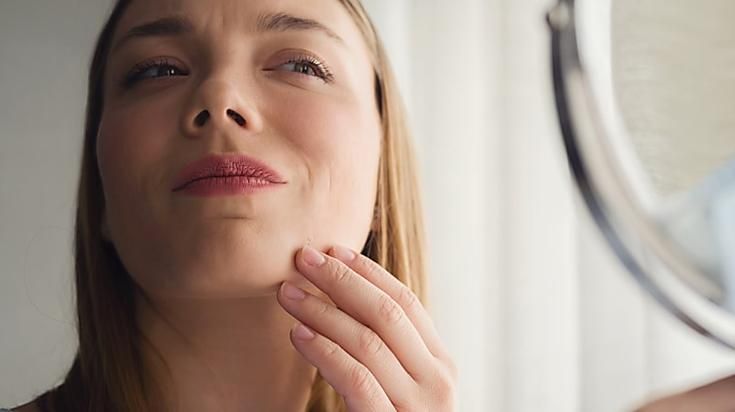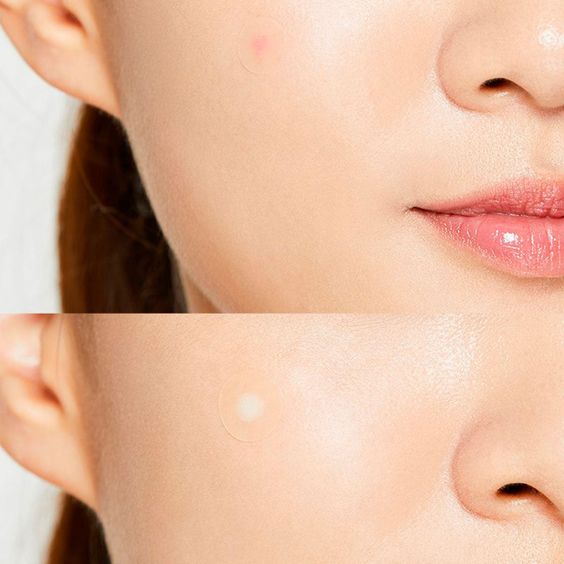After the acne breaks, an open wound is formed on the skin's surface. Should a hydrocolloid patch be used at this time? The answer to this question depends on the specific state of the wound. If the acne is squeezed or naturally ruptured and exudates, the hydrocolloid patch can absorb the secretions through its hydrophilic colloid components, forming a relatively closed and moist environment, which can not only reduce the invasion of external bacteria but also avoid delayed healing caused by excessive loss of tissue fluid. However, if the acne is only slightly red and not ruptured, blindly applying it may clog the pores and aggravate the inflammatory response in the hair follicles.

Do hydrocolloid acne patches really work?
Due to the characteristics of hydrocolloid materials, when the patch contacts the wound, its three-dimensional mesh structure will quickly absorb the exudate and lock it inside. This "suction effect" can reduce local swelling. At the same time, the moist environment created by the patch is in line with the wound healing theory . The migration speed of epidermal cells under moist conditions is 40% faster than that in a dry environment. More importantly, the hydrocolloid layer can block direct ultraviolet radiation and reduce the probability of post-inflammatory pigmentation, which is especially important for skin in the repair period.
How often should I change my acne patch?
Any care method must be timely. If a hydrocolloid patch is used for more than 72 hours continuously, the stratum corneum may be overhydrated due to excessive water absorption. Clinical observations have found that this condition can reduce the skin barrier function by 23%. In addition, if the edge of the patch curls, tiny cracks may be generated due to friction, which becomes a channel for bacteria to invade. It is recommended to adopt a "12-hour application + 2-hour ventilation" cycle mode to ensure exudate management and avoid excessive skin immersion.
How to avoid operational errors when using it at home?
The cleaning step is the key to success or failure. Before use, wipe the wound with a wet wipe containing 0.5% chlorhexidine gluconate, and apply it after it is completely dry. When choosing a patch, acne with a damaged area of less than 5mm is suitable for a round patch with a diameter of 10mm, and larger wounds require square or special-shaped patches to ensure complete coverage. When removing, soak the edges with warm water and pull vertically to avoid physical tearing. It is worth noting that using a patch after applying makeup may cause makeup particles to embed into the colloid, increasing the risk of infection.
Which signals must be deactivated?
If persistent itching occurs in the patch-covered area, the erythema expands beyond 2mm from the edge of the patch, or the wound exudate becomes turbid yellow-green, stop using the patch immediately and seek medical attention. These may be signs of contact dermatitis or secondary infection. For recurrent cystic acne, hydrocolloid patches can only be used as an auxiliary means and need to be treated with topical retinoic acid drugs or oral antibiotics. Physical isolation alone cannot solve the problem of deep infection.

What are the requirements for using special parts?
For areas prone to friction, such as the nasolabial folds and hairline, it is recommended to choose patches with stretchable edges to reduce the risk of peeling during activities. Due to the high sebum secretion in the chest area, the frequency of patch replacement should be shortened to 8 hours to avoid clogging of hair follicles. For patients who are using benzoyl peroxide gel, it is necessary to wait 30 minutes before applying it again to prevent the drug ingredients from reacting chemically with the colloid and reducing the efficacy.
For more information on Innomed®Acne Plaster, refer to the Previous Articles. If you have customized needs, you are welcome to contact us; You Wholeheartedly. At longterm medical, we transform this data by Innovating and Developing Products that Make Life easier for those who need loving care.
Editor: kiki Jia

 English
English عربى
عربى Español
Español русский
русский 中文简体
中文简体








